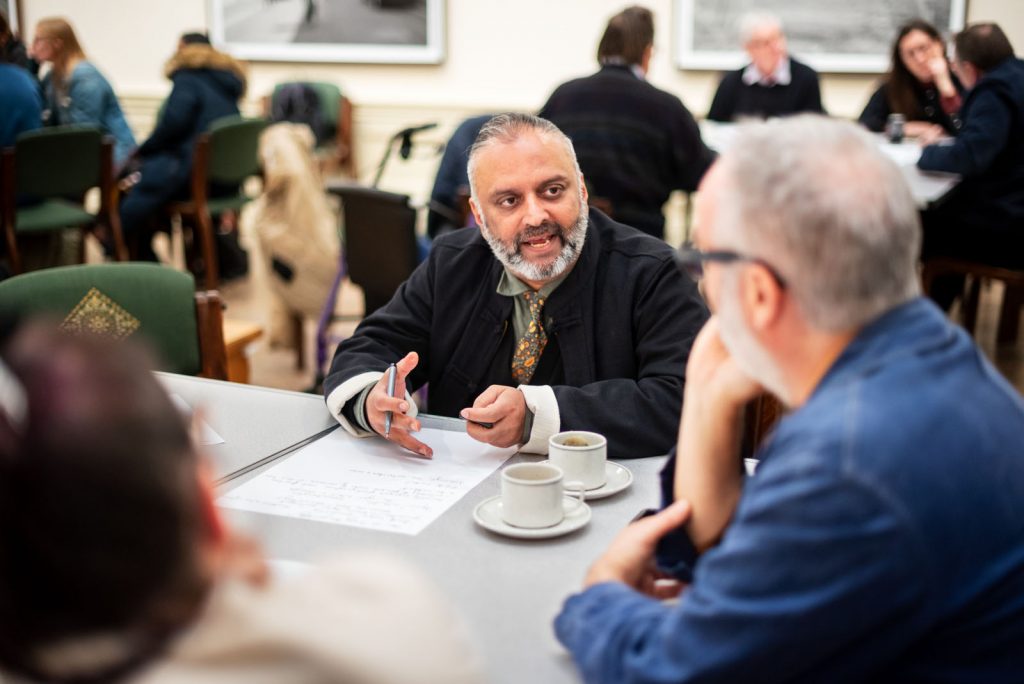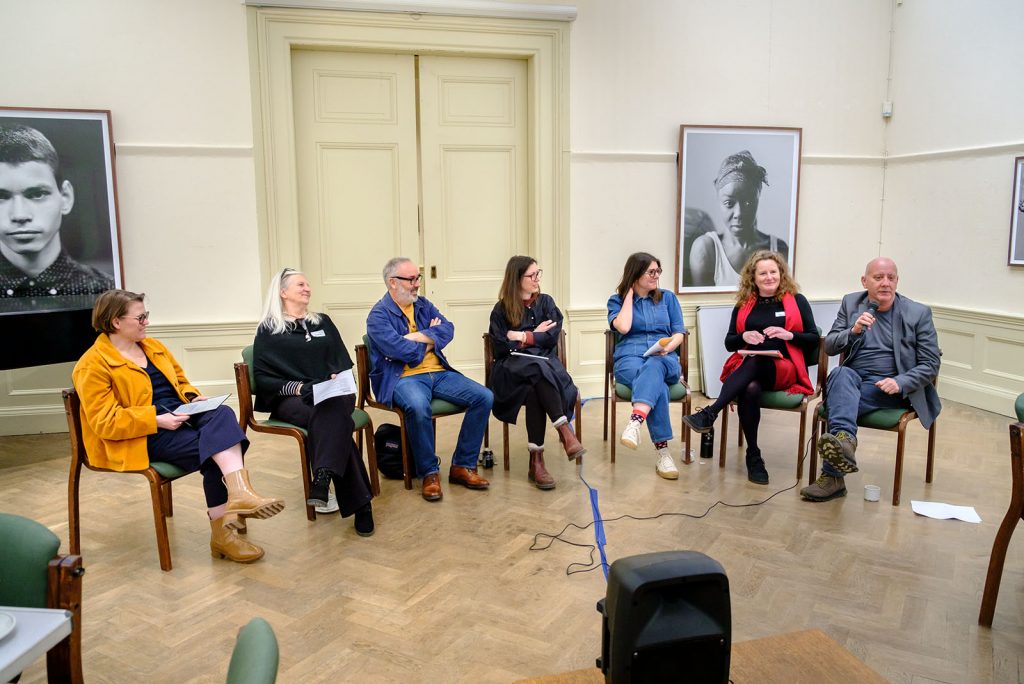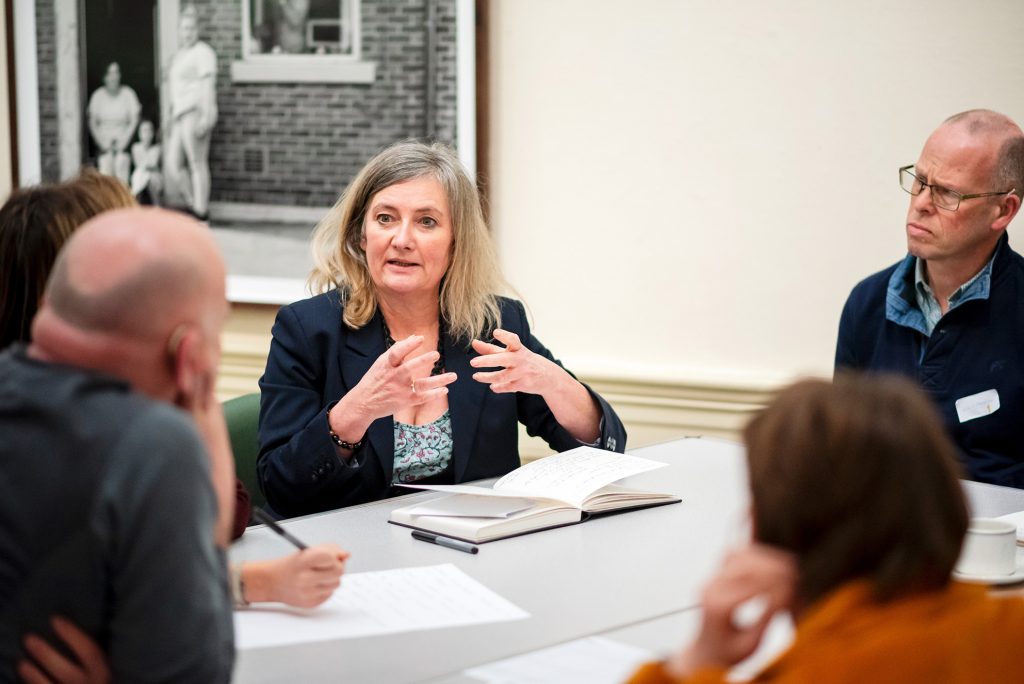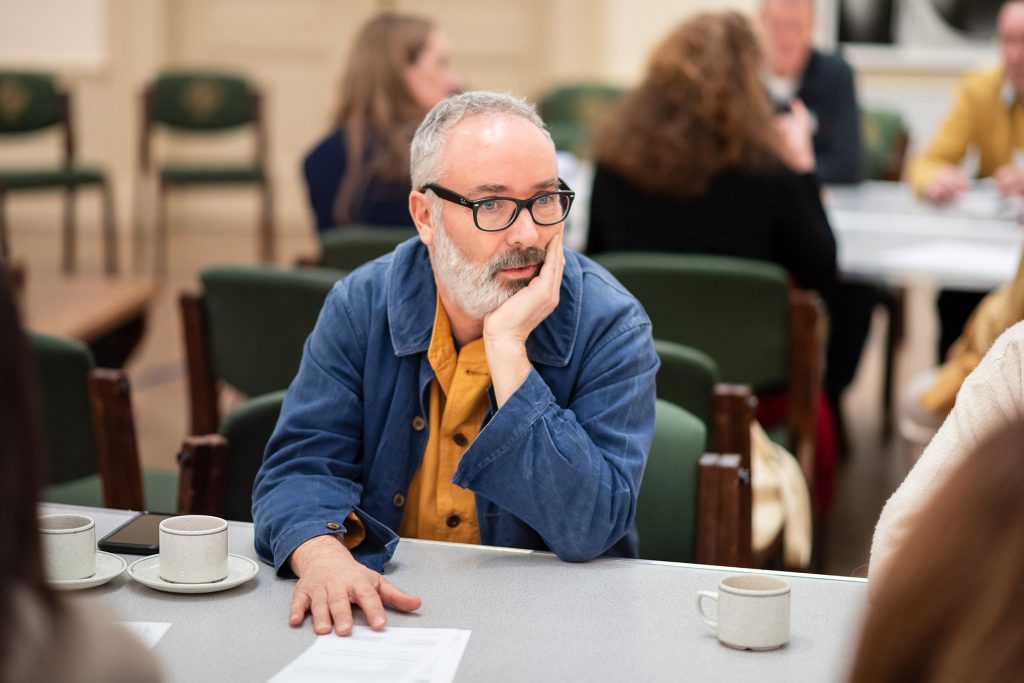Is Anybody Listening? Symposium: Commissioning and Collecting Socially Engaged Photography
Thursday 29 February 2024
Williamson Art Gallery & Museum, Birkenhead
On the final leg of the touring exhibition Craig Easton: Is Anybody Listening? the partners and stakeholders came together with the artists and participating communities to ask again: Is Anybody Listening?
In the morning, we heard directly from Craig Easton, along with facilitators Liz Wewiora, Poppy Cain and Gwen Riley Jones celebrating the work of the young people and emerging photographers that they supported, discovering what impact each project had.
The afternoon focussed more closely on the ethical considerations related to socially engaged photography. Stemming from questions that arose during the project, the session explored topics such as commissioning, collecting, and the criteria for valuing photographs, examining the perspectives of different stakeholders and the underlying reasons.



Invited contributors included:
Abdul Aziz Hafiz, Writer & Head of Education – University Centre Blackburn College
Poppy Cain, SEND Youth Engagement Officer – Wirral Borough Council
Craig Easton, Exhibiting Artist/Documentarian
Sarah Fisher, Executive Director of the socially engaged photographic arts organisation – Open Eye Gallery, Liverpool
Rob Fulton, Youth Work Manager – Salford Youth Service
Laura Jamieson, Creative Producer – LeftCoast, Blackpool
Sarah Lovell, Lead Officer for Culture – Liverpool City Region, Combined Authority
Gwen Riley Jones, Socially-Engaged Photographer and Creative Director – Stockroom, Stockport
Lindsay Taylor, Curator – University of Salford Art Collection
Liz Wewiora, Head of Social Practice – Open Eye Gallery & Programme Leader for MA Art & Design – University of Salford

From the spectrum of socially engaged photographic practice, what should we be collecting?
Evoked by a two-minute presentation from Rob Fulton in response to the provocation above, the panel went on to answer questions about what evidence there was that our audience is interested in Socially Engaged Photographic Practice. The discussion explored whether we are omitting an important part of art history by failing to collect socially engaged practice and how we might begin to think about recompense for those who co-authored the work. This sparked a highly engaged and thought-provoking discussion with the delegates.
Feedback from the audience explored questions including:
- Should we question whether we should be making/accumulating collections?
- Is there a hierarchy in the way work is curated? Who appoints curators?
- Should the process of making the work also be recorded as part of the collection? Is the process more important than the outcome? If so, how do you collect or archive the process?
- How accessible are galleries/collections? Are they for everyone? Is work more accessible if it’s kept in the public realm?
- What happens to the work when it is collected, but not on public display? Would it be more useful if given to the community?
- Are online audiences valued as much as in-person ones?
- What happens if consent is withdrawn?
- Who should we be asking what to collect?
Images from the Symposium:






Photography by Roger Sinek.
Is Anybody Listening? Our Time, Our Place is presented by the University of Salford and generously supported by The National Lottery Heritage Fund.